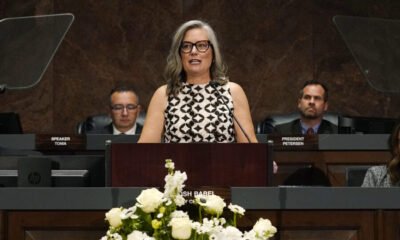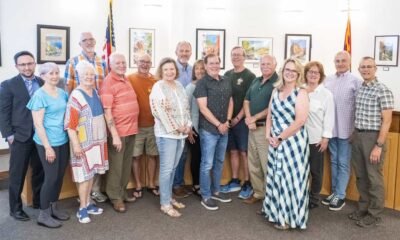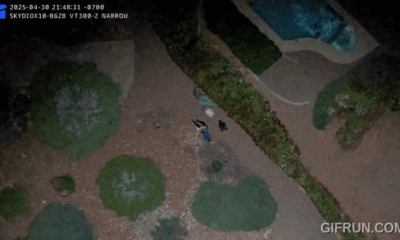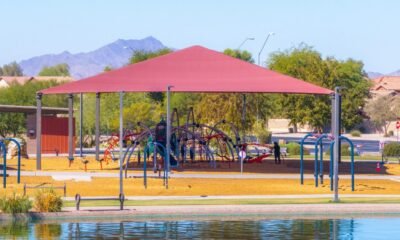aps
APS and Sedona Join Forces to Ignite Bold Fire Safety Plans

As Arizona approaches the 2025 wildfire season, key local officials discussed fire prevention measures at a Sedona City Council meeting on March 26. Arizona Public Service Northern Division Director Frank Sanderson and Yavapai Emergency Management Director Ashley Ahlquist presented updates on the Public Safety Power Shutoff (PSPS) program and AI-powered smoke detection technology aimed at reducing wildfire risks.
Sanderson highlighted the vulnerability of APS’ 1,500 feeder circuits, particularly 237 located in high fire risk zones, with 95% situated in Northern Arizona. He expressed concern regarding the region’s current moisture deficit and high temperatures, especially within Yavapai County and Sedona.
Recent assessments by the National Integrated Drought Information System revealed that Yavapai County is grappling with severe drought, with over 75% categorized as experiencing extreme conditions. The area has seen a shortfall of 2.74 inches in precipitation this year.
The PSPS initiative, which commenced in May 2024, aims to prevent fire outbreaks by shutting off power during high-risk conditions. Sanderson noted that the automated weather stations and cameras monitoring power lines have thus far not been utilized. Ahlquist emphasized that residents will receive advance notice should power shutoffs become necessary, explained the communication methods that may be employed including texts and emails. The potential affected areas include parts of Sedona and Oak Creek Canyon.
In addition to the PSPS, APS is actively deploying AI-driven smoke detection cameras across Arizona. These cameras have already proven effective, identifying the Brady Fire early this year when it was still below one acre in size. Sanderson explained that the technology can differentiate between non-threatening heat sources and actual fires, notifying fire mitigation teams immediately upon detection.
APS plans to install these advanced cameras in various locations, including Oak Creek Canyon and Jerome. Sanderson suggested placing one near the Sedona Airport to enhance fire monitoring capabilities.
As part of ongoing emergency preparedness discussions, Sedona’s city budget may allocate funds to establish a dedicated emergency manager. This role is intended to enhance coordination between different county emergency management offices, particularly given Sedona’s unique position straddling two counties.
During the meeting, council members addressed a proposed 13.7-mile transmission line from the Village of Oak Creek to McGuireville, which includes planned overhead segments. The U.S. Forest Service has indicated that the line would not significantly impact property values or fire risks. However, local nonprofit organizations have expressed opposition, advocating for the line to be buried to mitigate fire hazards and improve aesthetics.
Councilman Pete Furman proposed creating an improvement district to allow residents to fund underground power lines voluntarily, although Sanderson noted the high associated costs typically dissuade interest.
As public comments on the APS proposal concluded, council discussions reflected a growing concern for the community’s safety. A final decision is anticipated in May, with construction expected to start in June. Councilman Brian Fultz stressed the importance of transparency regarding undergrounding discussions, acknowledging ongoing public sentiments towards prioritizing fire safety in utility management.


















